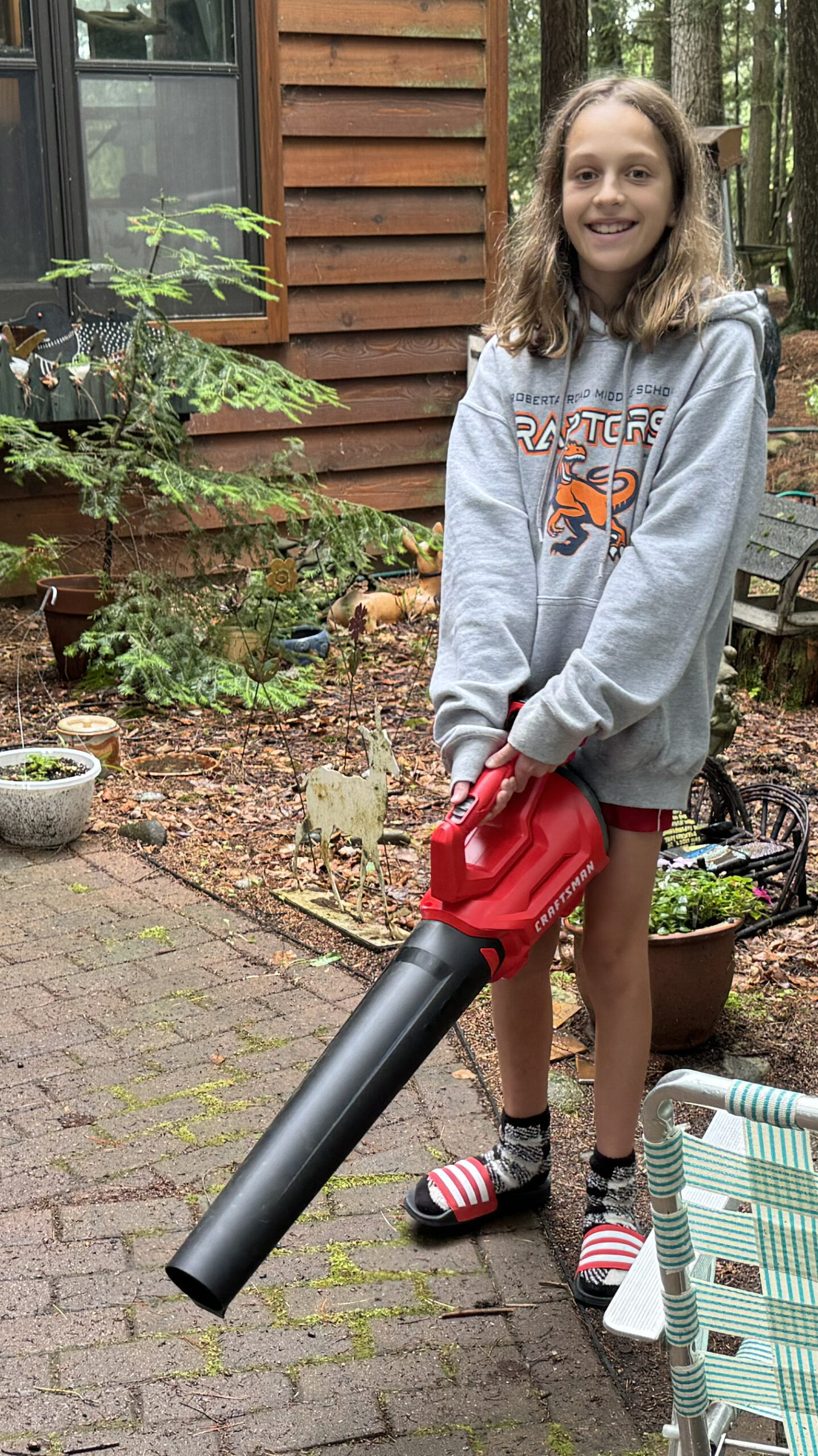Mining is an inherently incursive activity involving environmental hazards in every step of the process and has subsequently been subject to ever-increasing regulatory and public scrutiny. Even seemingly innocuous factors such as mining dust control play a vital role in ensuring mining’s impact upon the environment remains as minimal as possible.
Miners seek innovative emissions control solutions and services, as increasingly stringent environmental regulations require them to eliminate or control hazardous air and water pollutants from mining operations.
Discover environment protection, and emission and dust control solutions
Mining Technology has listed the leading environmental service providers and the suppliers of emissions and dust control solutions for mining, based on its experience in the sector.
In addition to mine emissions, dust and noise control equipment suppliers, the list includes environmental risk management solutions and training experts, and companies specialised in environmental monitoring, mine waste, water and soil erosion management, and revegetation services for.
The information contained within the document is designed for mine planners, mine operations managers, mining consultants, sustainability officers, environmental compliance officers, health, safety, and environment (HSE) advisers and mining safety officials, and other individual involved in environmental compliance and occupational health and safety of mining operations.
The download contains detailed information on the suppliers and their product lines, alongside contact details to aid purchasing or hiring decisions.
Emissions and dust control systems for mining
While mining vehicles and beneficiation plants emit harmful particles and greenhouse gases, floating dust accounts for a major proportion of particulate matter (PM) emissions at mine sites.
Heavily trafficked haul roads, blasting and excavation operations, conveyor belts, ore crushing, milling, loading and unloading, along with wind erosion of stockpiles and overburden, are the major source of dust generation in mining.
Emissions and dust control equipment designed for mining use includes, but is not limited to:
- Dust suppression water guns, cannons, and misting fans
- Dust extraction and ventilation systems for mining and processing operations
- Dust control surfactants and other products for mine haul roads and stockpiles
- Dust collectors, electrostatic precipitators, scrubbers, and cyclones
- Heavy-duty exhaust, industrial fans, blowers, fume extractors and components
- Diesel particulate filters and emission control systems for mining equipment
- Wind fences for dust control
- Sound suppression and noise attenuation solutions
- Carbon filters and carbon adsorption towers
Coal mining emissions
Tackling dust and controlling methane release are the two foremost environmental challenges in coal mining.
Coal dust is considered both as a health and a safety issue. Coal miners resort to measures such as ventilation dilution, coal dust surfactants, water spraying, and stabilising to control coal dust emissions, with water spray suppression being the most prevalent method adopted due to its easy maintenance.
Measures to control the impact of mining on the environment
Major mining companies in the world have started demonstrating their commitment to sustained climate action by adopting renewable energy and energy-efficient, electric mining vehicles to help decarbonise their operations.
Apart from deploying sustainable waste and water management solutions, mining companies are increasingly exploring innovative new technologies such as methane and carbon capture, utilisation and storage (CCUS), and battery-electric and hydrogen-powered mining trucks to drive their operations towards carbon neutrality.



